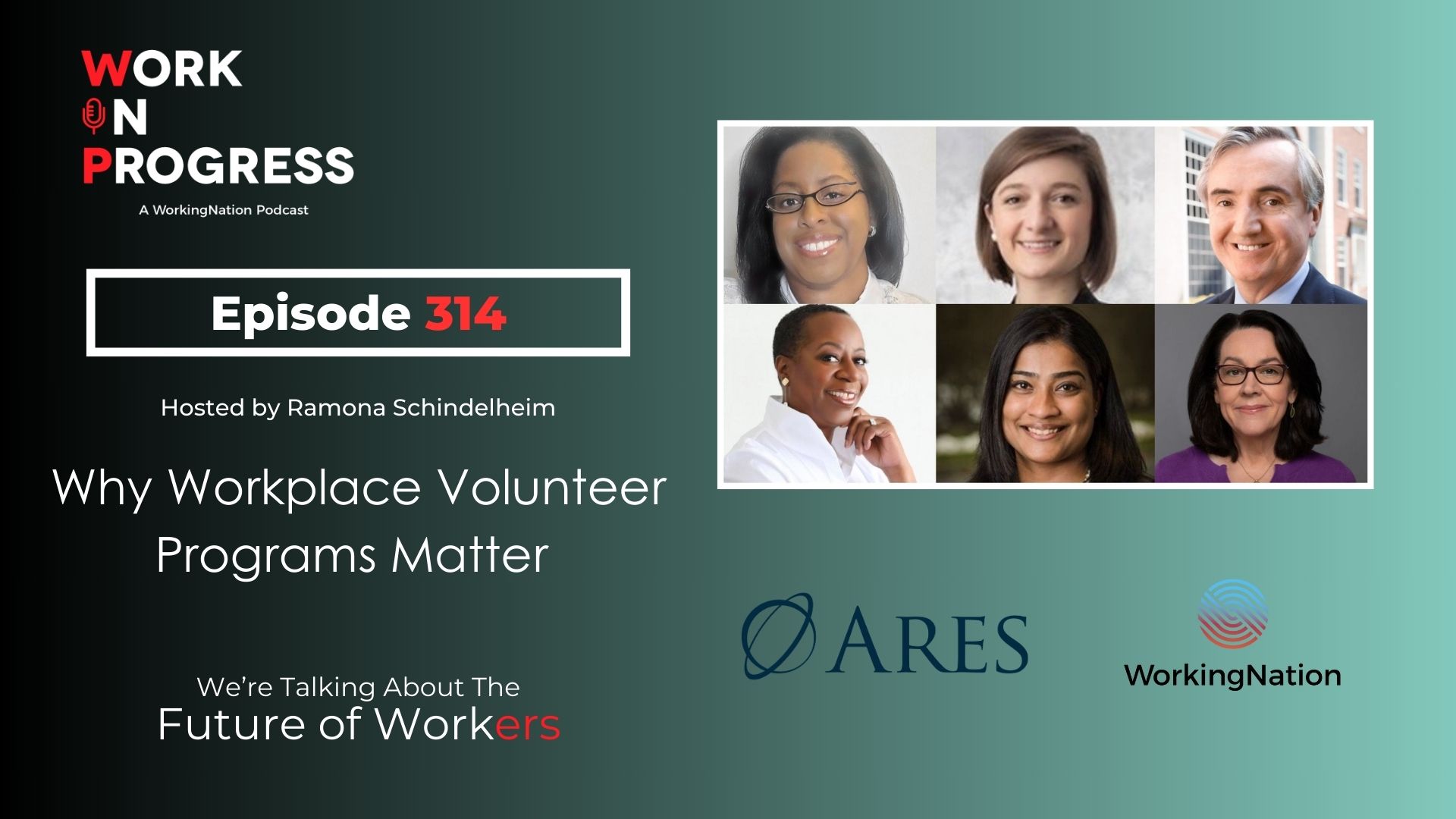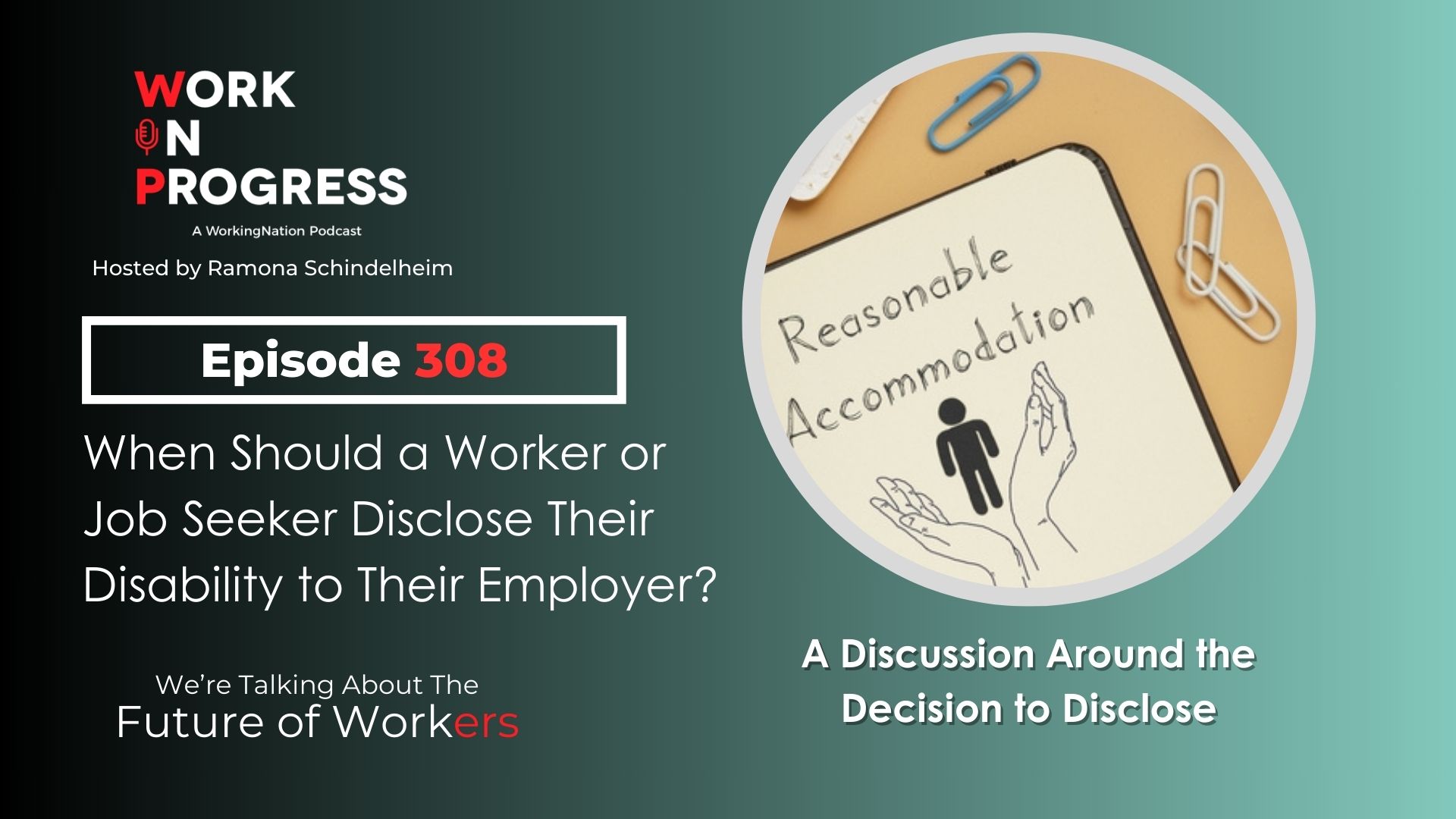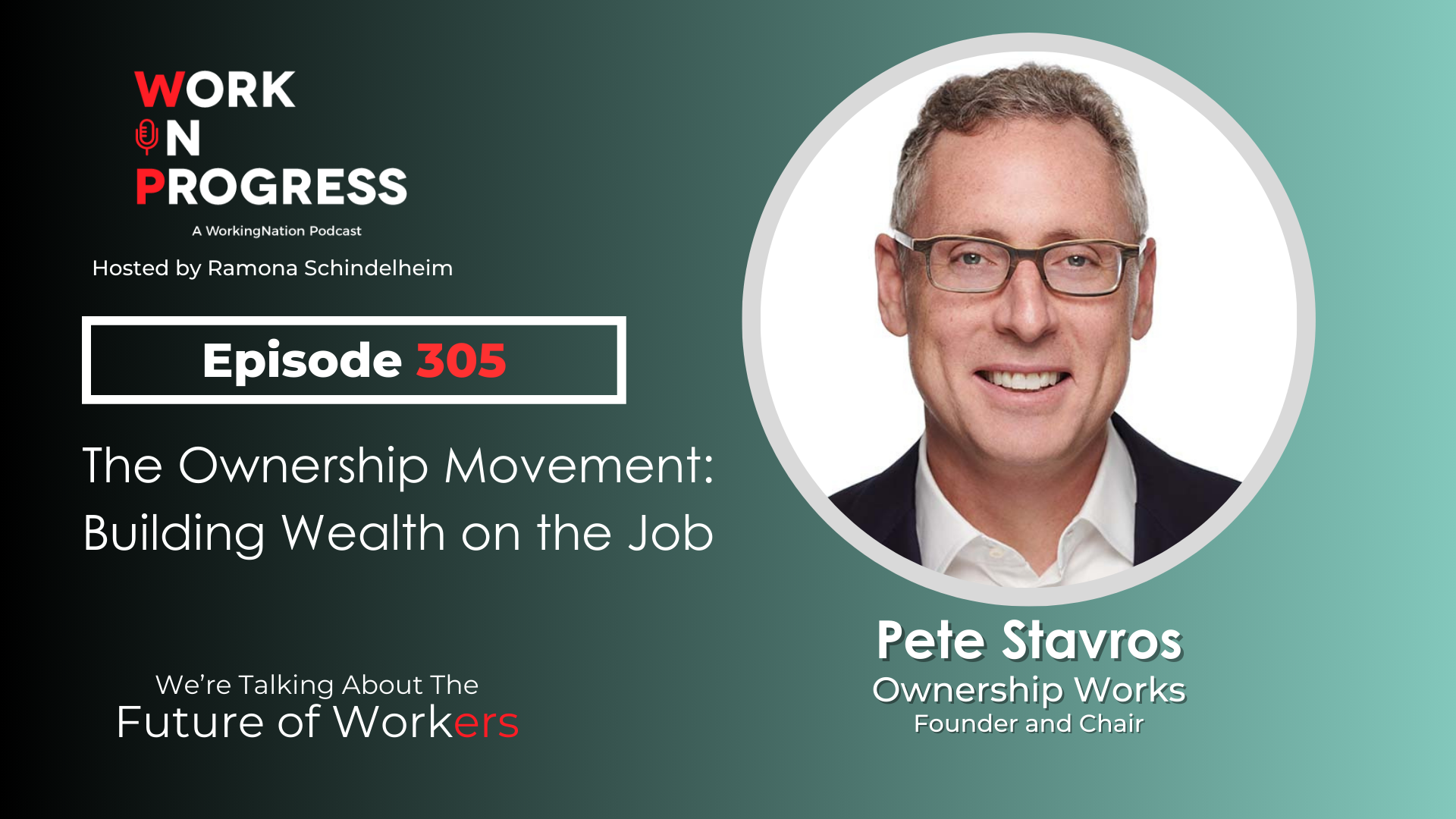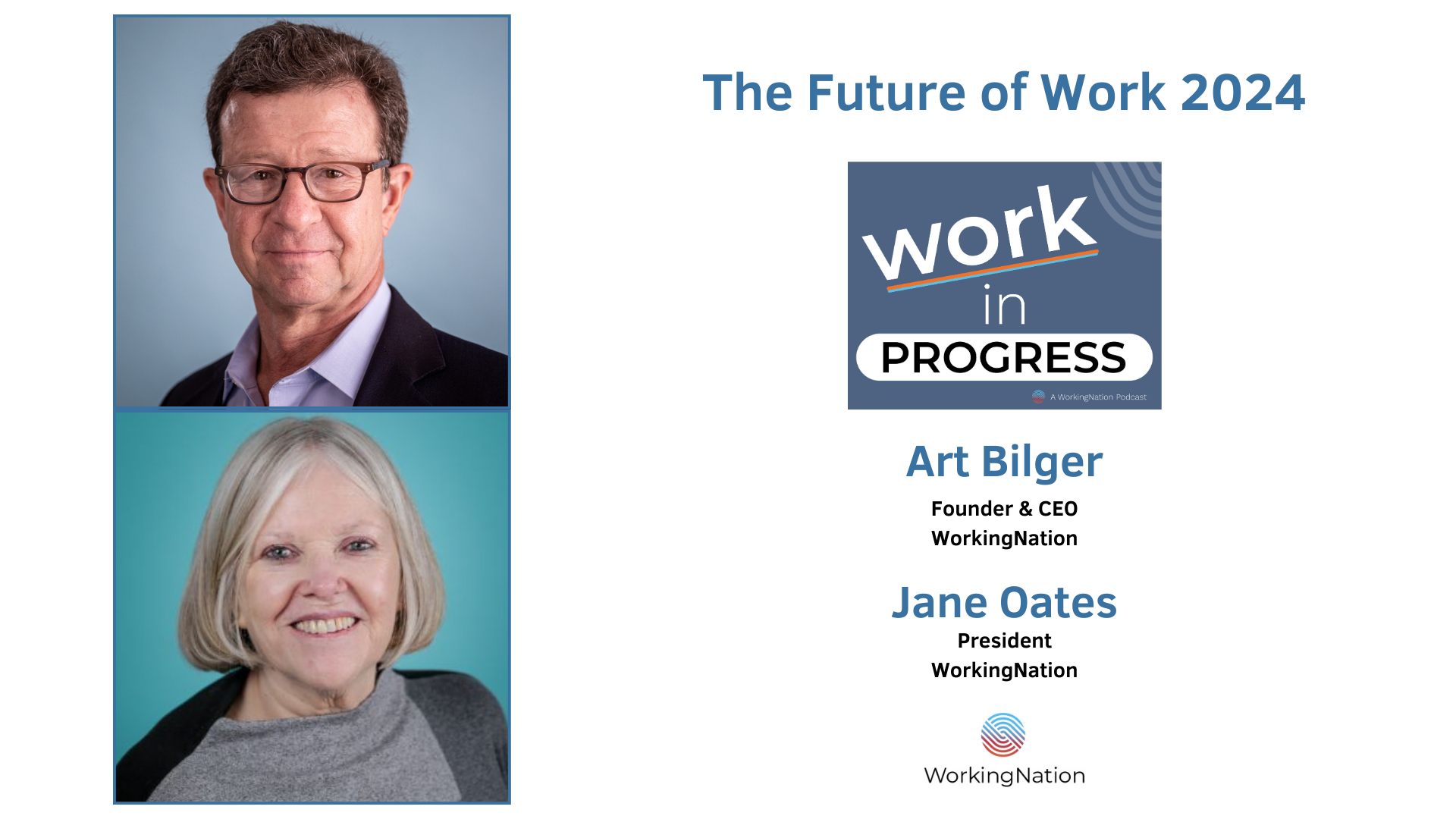As the United States Conference of Mayors (USCM) convenes its winter meeting today, three issues top the agenda: the national health crisis, racial equity, and unemployment.
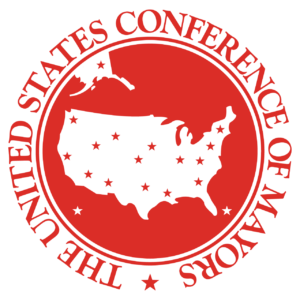
“The pandemic is issue number one, because it controls so much of what’s happened in the country. If we don’t have our health, individually and collectively, we can’t do anything,” says Greg Fischer, mayor of Louisville and the current president of the USCM. “A bad economy is a real result of the pandemic. So that’s job one.”
Nationally, the unemployment rate is at 6.7% and 10.7 million people are still out of work. Fischer says mayors gathering virtually from across the country will be addressing how we rebuild the economy.
“Getting the millions and millions of Americans that are unemployed back to work—in meaningful work that has long-term prospects to it—is going to be an extraordinary challenge. People have to feel dignity in work to feel good about what they’re doing,” Fischer tells WorkingNation.
Fischer says access to good jobs is “not only the right thing to do from a moral standpoint, you need to do it from an economic development and competitiveness standpoint.” He says the mayors are focusing on family-supporting wages, increasing the minimum wage, and more federal funding for workforce training.
Fischer says going forward cities need to be more equitable in the opportunities afforded residents. “We don’t want to just train folks to do the same old, same old. We’ve got to move folks into jobs that really represent careers.”
“We’ve got to reimagine who we are as America and unify ourselves,” says Fischer.
Laboratories of Innovation
Kate Gallego, mayor of Phoenix, chairs the USCM’s jobs committee. Describing city workforce departments as “hidden gems,” Gallego says, “We really feel like the cities are laboratories of innovation, and we want to share those success stories. The best is when mayors are taking good ideas from other cities, then making them even better. And then they can be adapted, hopefully nationwide.”
Gallego also looks to federal government support as cities move ahead with the challenge of putting people back to work. “Cities can really be key partners in workforce development, whether it be supporting our entrepreneurs, attracting the right businesses that provide quality jobs, or helping people upskill,” she says.
Phoenix, Gallego says, is a strong example of how the private sector is collaborating with all stakeholders to address its workforce needs. “We do convene these conversations which is very important. We partner with organizations, including our public-private economic development organizations and chambers of commerce, as well.”
Gallego says those partnerships are important in signaling where the jobs are, or which industries need workers the most. “Our fastest growing area has been health care. At the moment, overwhelmingly, it is nurses that we need. Before COVID, it was a lot of the allied health trades, in addition to nurses and physicians. So, the private sector has really worked together to talk about gaps.”
Local and Federal Leaders Must Be Proactive
Nonprofit public policy research organization Brookings says a jobs recovery requires the mayors—and federal leaders—to be proactive.
“The ability for growing occupations to absorb recently displaced workers is at its lowest point since 2003,” says Marcela Escobari, senior fellow at Brookings who leads the institution’s Workforce of the Future Initiative. “We need to help people make those jobs transitions, or they will get discouraged and drop out of the workforce. The labor force participation is at its lowest since the last 40, 50 years. We can’t afford to have people dropping out because they can’t make the jump.”

Escobari notes there is opportunity to engage the local business community. “This is such a shock to the system that there’s an opening for mayors to convene players that had not worked together before, with a focus on getting workers back on their feet. This might mean that different groups of people come together. Not industry associations. Not the whole chamber, but the set of players that share workers in a given community.”
“Industries that share workers have to say, ‘Okay, how are we all chipping in so that everybody has a bit more stability?’ You’re going to need to create some incentives for firms to invest in workers, and to help them figure out where the bottlenecks are that stop workers from seeing mobility in their jobs. So when you say reskilling, I say, ‘Yes, and okay, who, how, and towards what?’”
The U.S. Conference of Mayors includes more than 1,400 cities with populations of 30,000 or more. The conference runs today through Saturday, and also on Tuesday, January 26.


